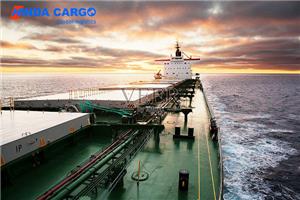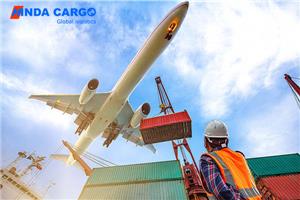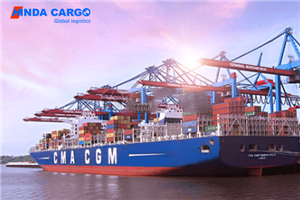What is the most common type of freight?
The freight industry plays a vital role in global trade. Different freight methods are suitable for different cargo types and transportation needs. In this article, we’ll explore one of the most common types of freight—less-than-truckload (LTL)—as well as its benefits and applications. Next, we will continue to discuss other common shipping methods and how to choose the right one.
What is the most common type of freight?
Less than truckload (LTL) shipping is one of the most common types of freight. This mode of transportation is particularly suitable for transporting small cargo ranging in weight from 100 to 20,000 pounds. Less-than-truckload shipping (LTL) is affordable, flexible, and environmentally friendly.
1. Advantages of LTL:
Affordable: LTL shipping consolidates shipments from multiple shippers on the same truck, so freight costs are lower.
Flexibility: LTL shipping can meet the needs of different shippers, both in volume and destination.
Environmental protection: Because LTL transportation reduces the empty driving rate of vehicles, it is more environmentally friendly.
2. Application of LTL:
Retail: LTL shipping is suitable for the retail industry because it provides the flexibility to ship small quantities of goods to different locations.
Manufacturing: Manufacturing often requires shipping parts or products to different factories or customers, making LTL an ideal option.
E-commerce: As the e-commerce industry grows, LTL shipping becomes increasingly important in delivering goods to different warehouses or customers.
3. Challenges of LTL:
Time Efficiency: Because LTL shipping requires combining shipments from multiple shippers, shipping times may increase.
Risk of cargo damage: During transportation, cargo may be damaged due to multiple loading and unloading.
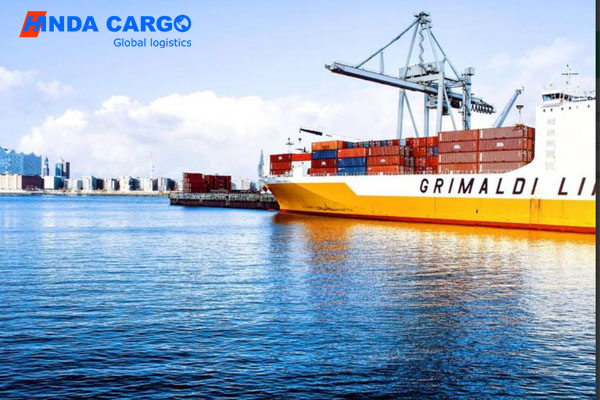
What other common freight methods are there?
In addition to less-than-truckload shipping (LTL), there are other common freight options available. Each method has its unique advantages and applicable scenarios.
1. Full truck transportation (FTL):
Truckload shipping is suitable for heavier or larger quantities of goods, and the shipper can rent an entire truck to transport the goods.
FTL shipping offers faster delivery because shipments do not need to be consolidated with other shippers' shipments.
2. Air freight:
Air freight is suitable for time-critical shipments such as fresh food, pharmaceuticals or electronics.
Air freight is more expensive, but it is fast and ensures that the goods reach their destination in time.
3. Shipping:
Sea transportation is suitable for large-volume, long-distance transportation of goods, such as goods in international trade.
Although sea transportation is slower, it is cheaper and suitable for transporting large quantities of goods.
4. Railway transportation:
Railway transportation is suitable for the transportation of bulk goods, such as coal, minerals or agricultural products.
Rail shipping is less expensive but may require transfers between multiple modes of transportation.
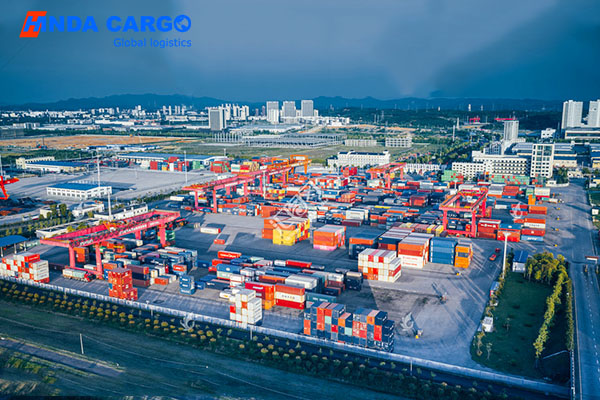
How to choose the right shipping method?
Choosing the right shipping method is crucial to ensuring your goods reach their destination on time and safely. Here are some guidelines for choosing the right shipping method.
1. Consider the type of cargo:
Choose the appropriate freight method based on the weight, volume and nature of the goods.
For example, small quantities and lightweight goods are suitable for LTL transportation, while large quantities and heavy goods are suitable for FTL transportation or sea transportation.
2. Assessment time requirements:
If your goods need to be delivered quickly, air freight is the best option.
For less urgent shipments, LTL, FTL or sea shipping may be more suitable.
3. Weigh cost and efficiency:
When choosing a shipping method, consider the balance between cost and efficiency.
For shippers with a limited budget, LTL or ocean shipping may be more economical options.
4. Combined with transportation distance:
Long-distance transport may require rail or sea transport, while short-distance transport may be suitable for road transport.
Different freight modes have their own advantages over different transportation distances.
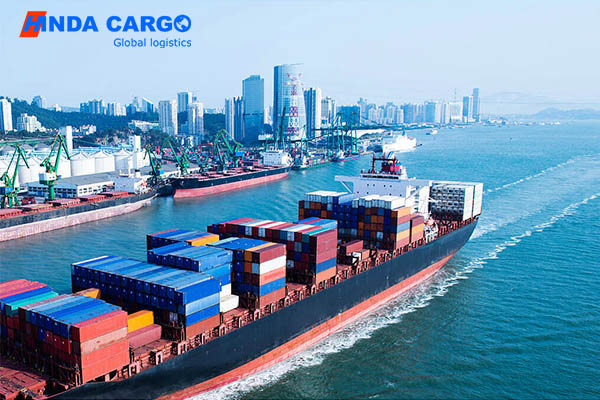
Summarize
The choice of freight mode should be comprehensively considered based on factors such as cargo type, time requirements, cost and transportation distance. Understanding the advantages and disadvantages of each freight method and their application in different scenarios can help shippers make optimal decisions to ensure that goods are delivered to their destination safely and on time.

